Superimposed Topologies —
ferry terminal
AUD414: Major Building Design
Instructor: Jimenez Lai
Collaborator: Xavier Ramirez
Duration: 5 week


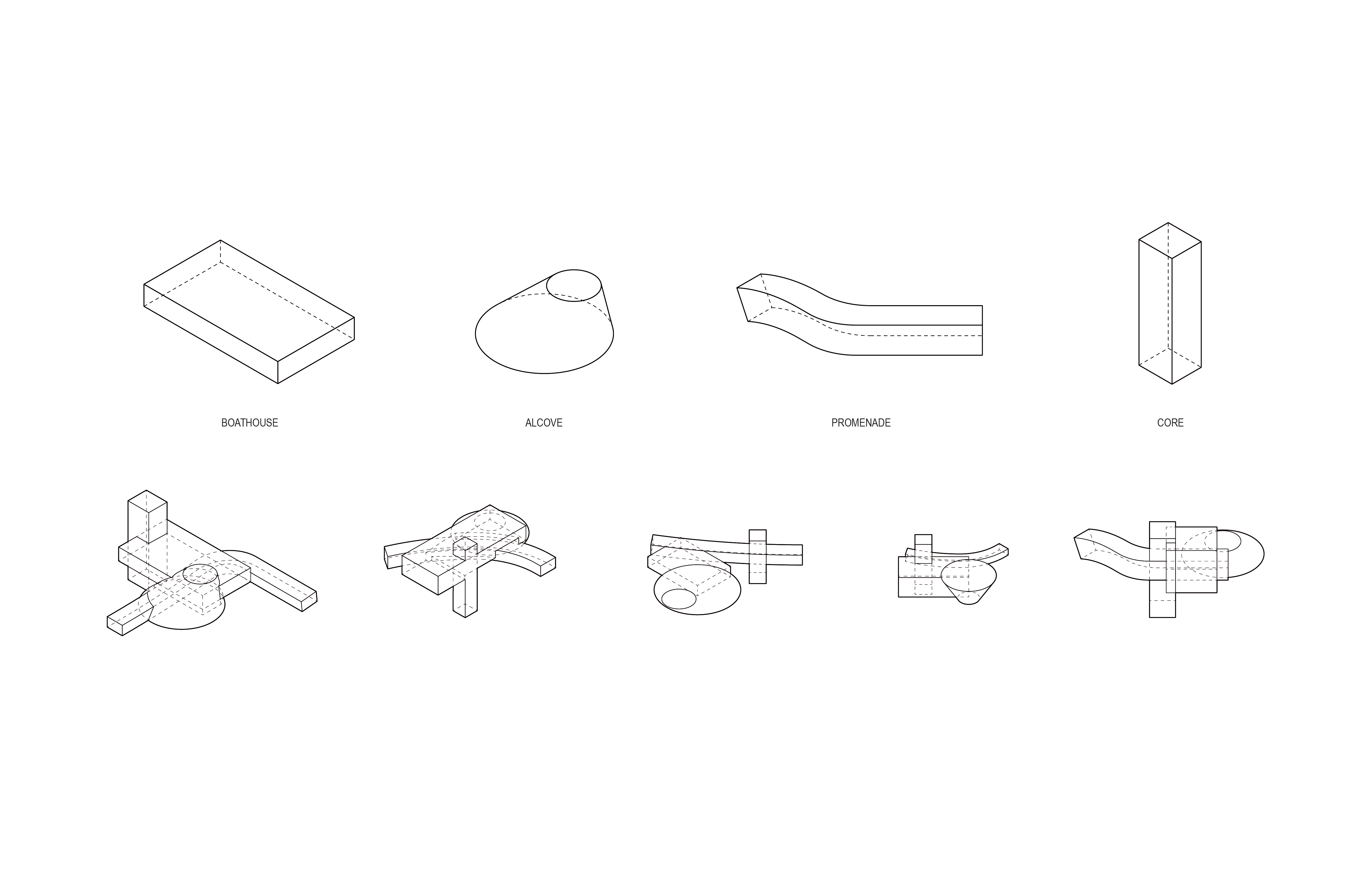
Industrial architecture within Oxnard Harbor, as in most sites focused on import or exchange, separate itself from spaces of leisure, in turn placing their importance on logistics, goods, and capital, rather than culture, individuals, or any sense of belongingness. The project presupposes a response to the following question: could the codependency of labor and leisure allow for an alternative model whereby the two are consolidated and influence one another, both spatially and aesthetically?
UCLA Architecture and Urban Design
Spring 2020
The machine aesthetics of industrial architecture are thus understood as not simply a place of labor, but also a backdrop for leisure. It allows for an oscillation between what constitutes a place of work or a place of leisure to be constructed into an amalgam, one that re-examines the harbor and waterfront as a site condition to form a third landscape.



 Land entry from Oxnard Harbor peninsula.
Land entry from Oxnard Harbor peninsula.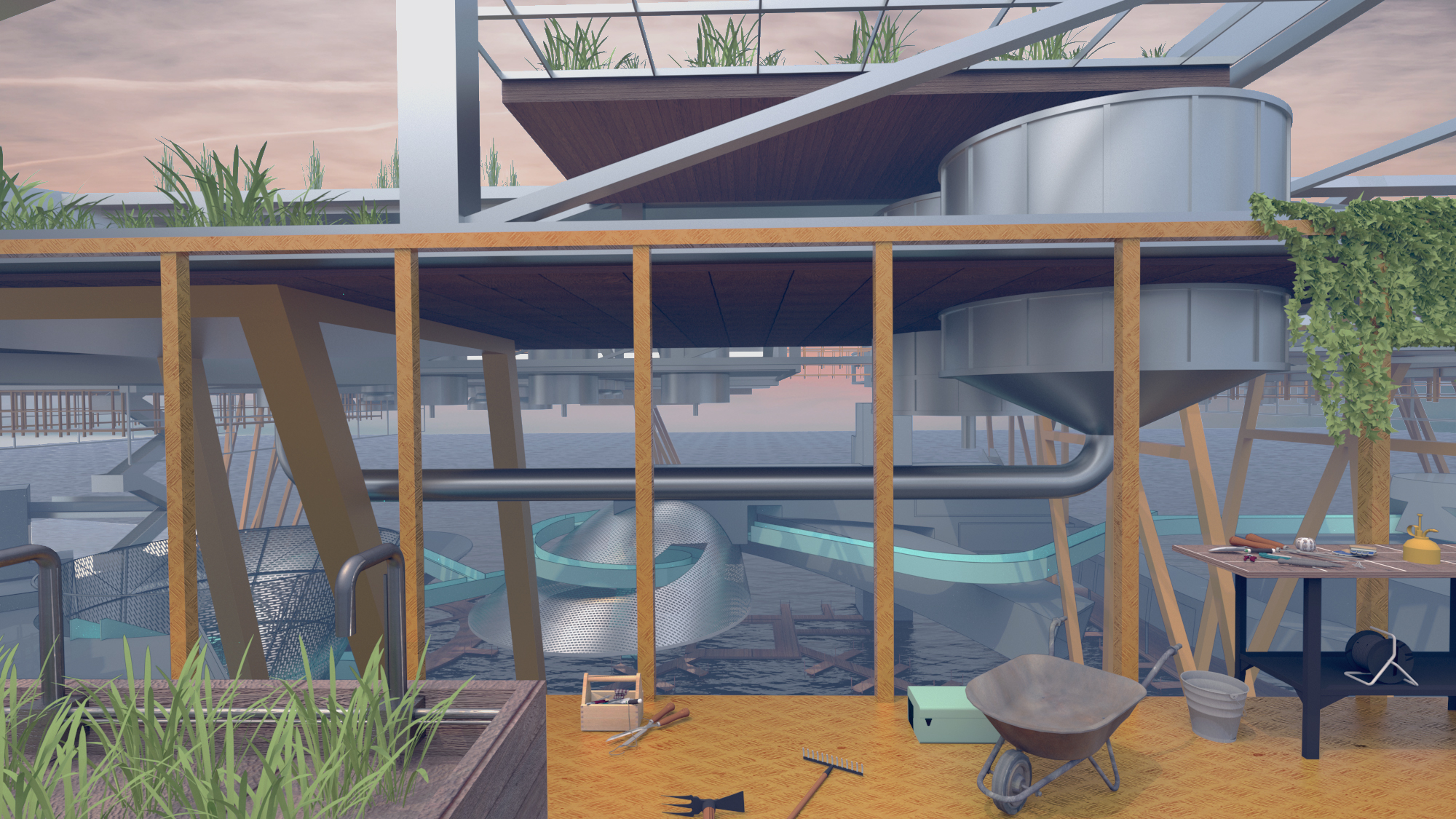 View from labor landscape to spaces of leisure below.
View from labor landscape to spaces of leisure below.

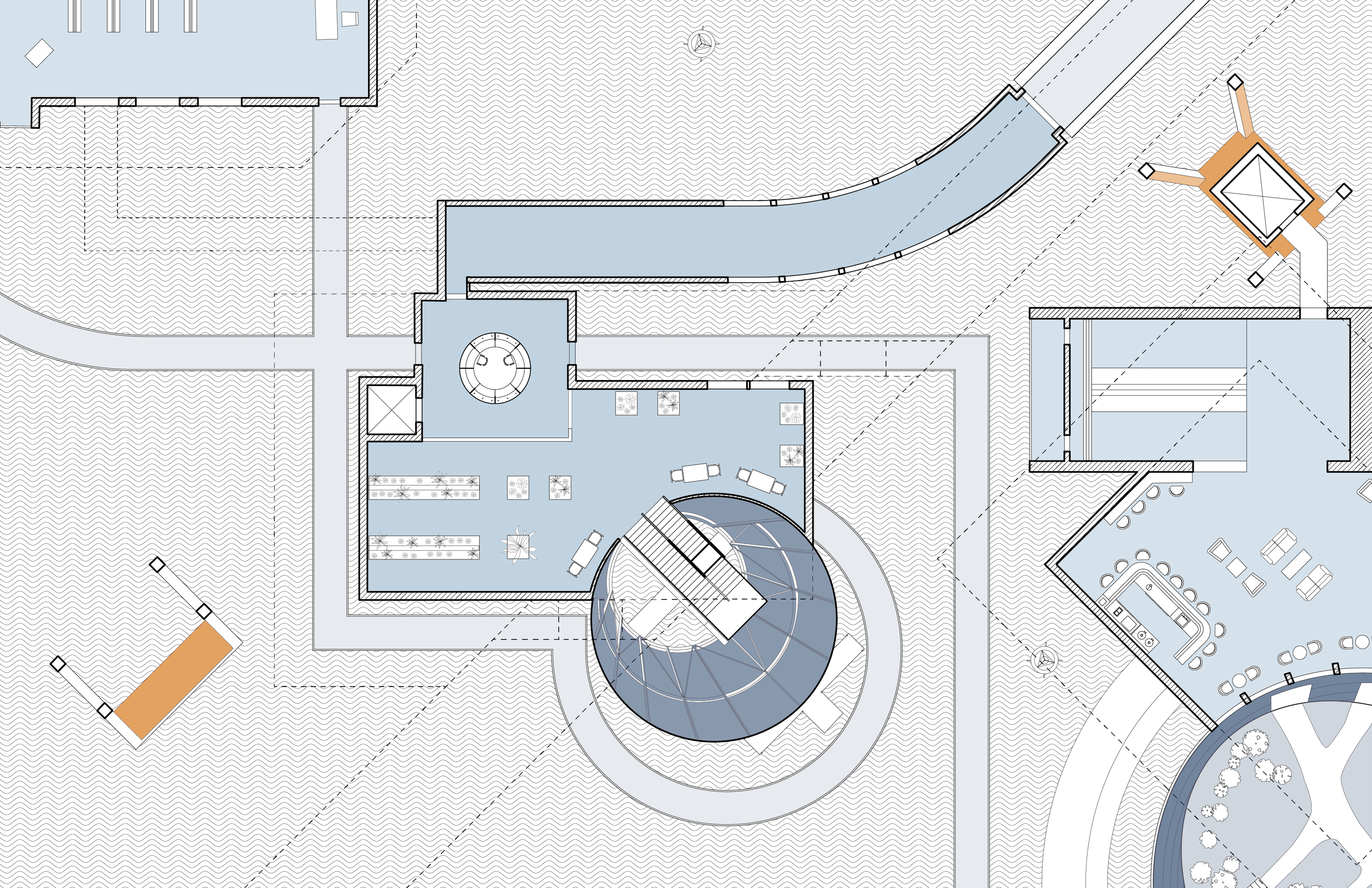

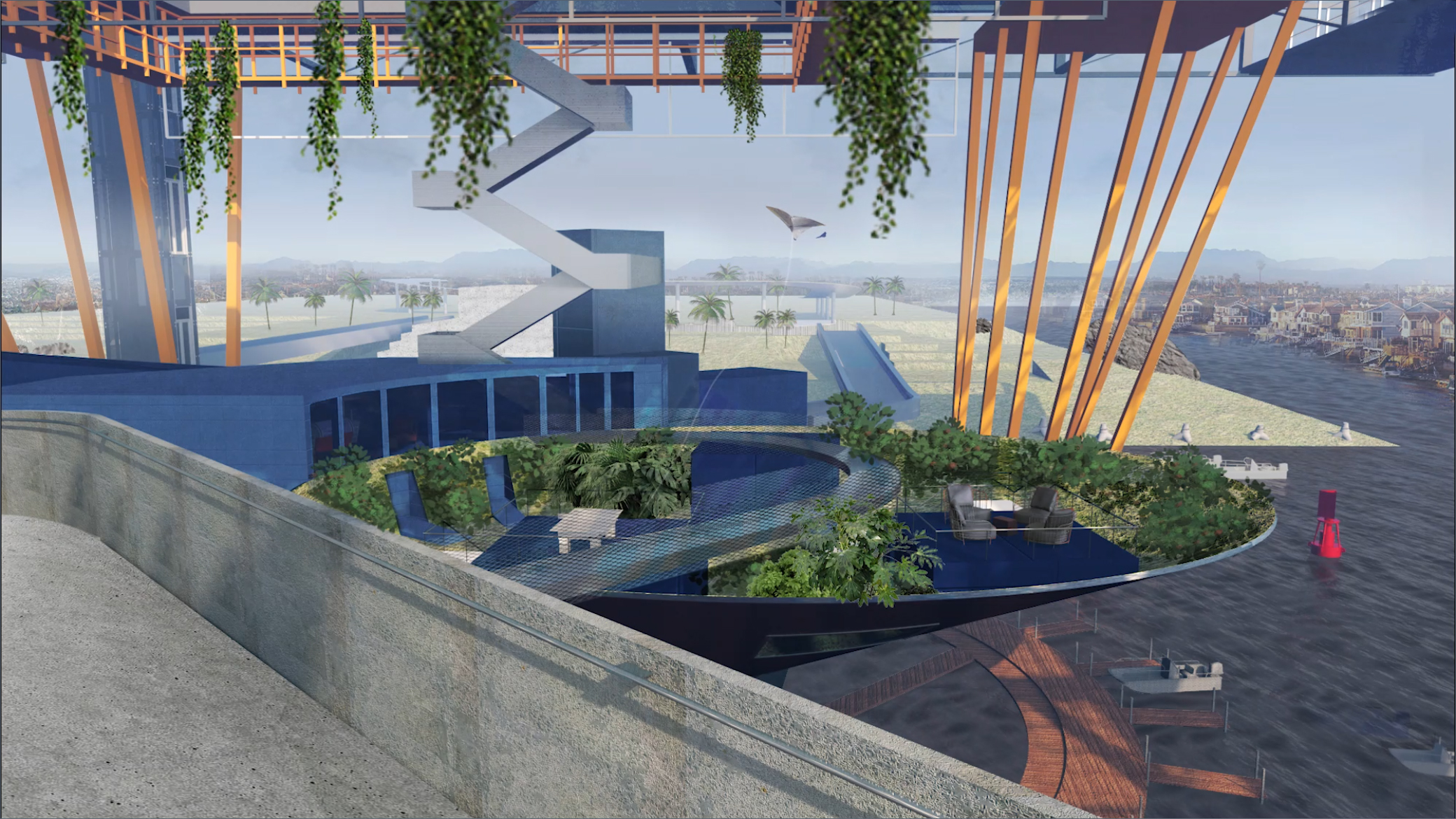
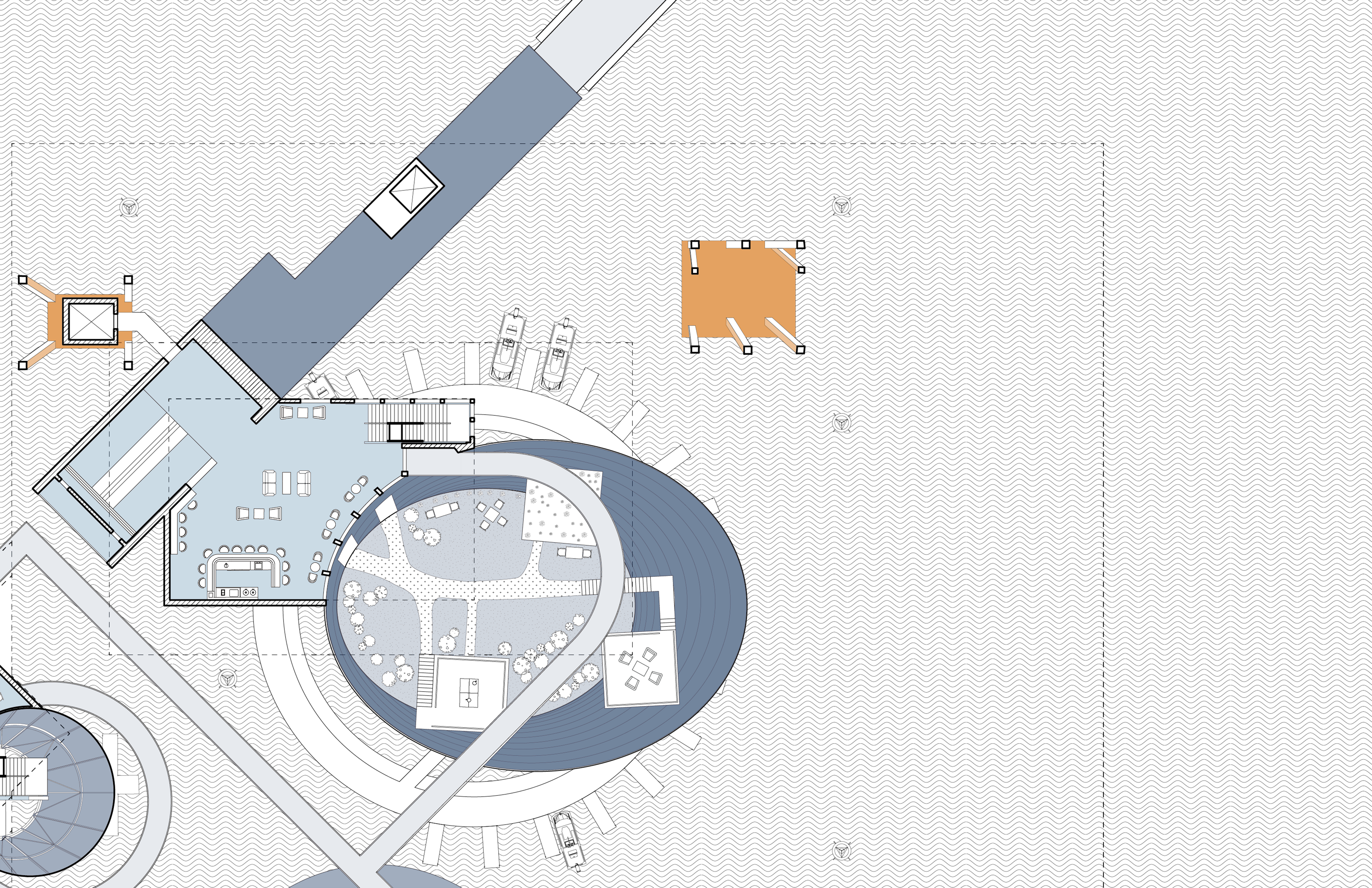
The traditionally mundane terminal program is thus reinterpreted within the guise of industrial architecture to comprise a series of connected spaces that each take on a character, both programmatically and formally. Viewing the ferry terminal as a place of import or exchange, both of individuals and goods, each structure within this landscape functions as a ferry terminal of sorts, taking on roles of logistics and leisure concurrently.



This proposal is not to be understood as an isolated monument, but as
one that re-forms its own context, an open cultural and industrial form that
combines imperatives required of industry and port entry with spaces of
leisure, in turn maximizing on the interface between water and land through
various forms and positions of entry.
- Artin Sahakian -